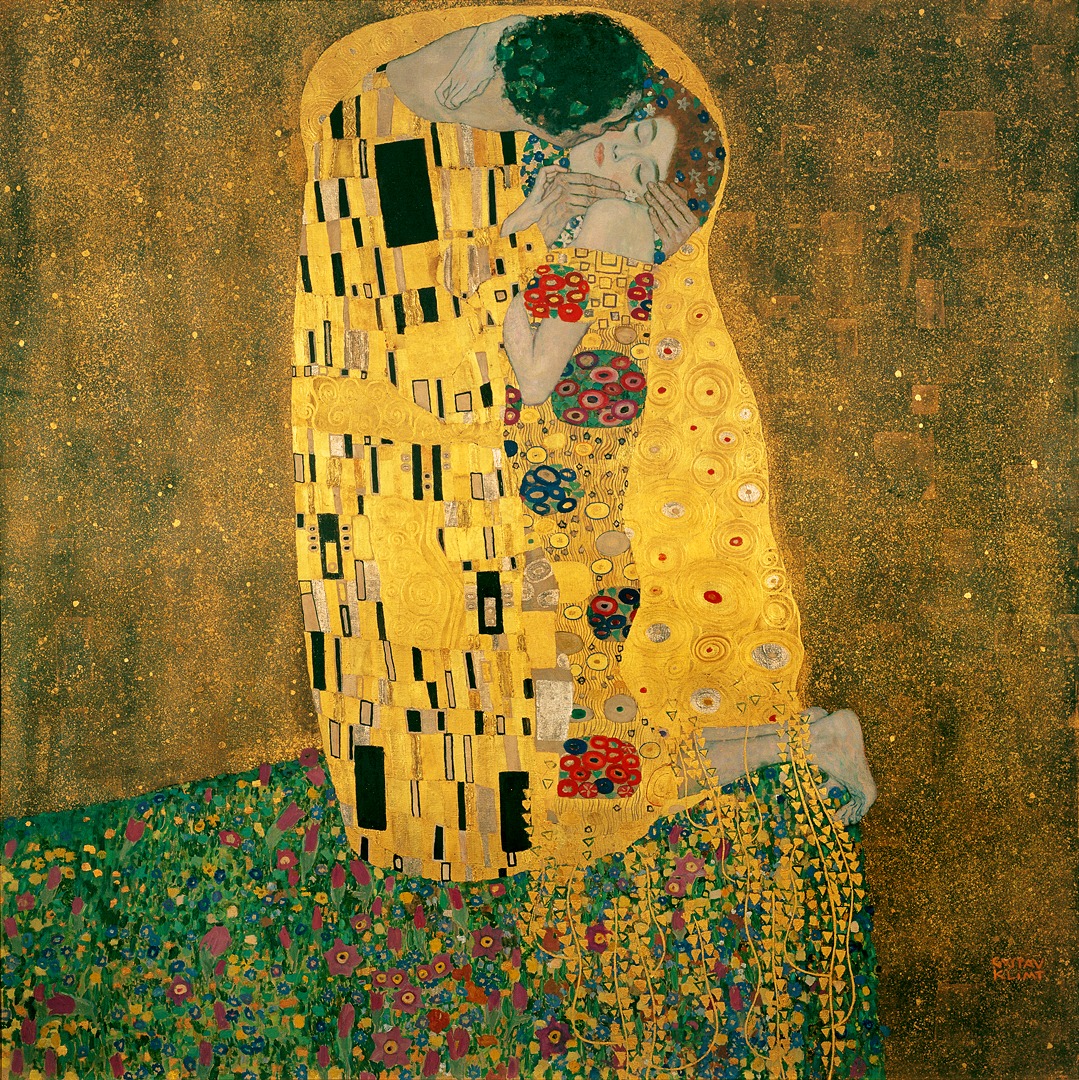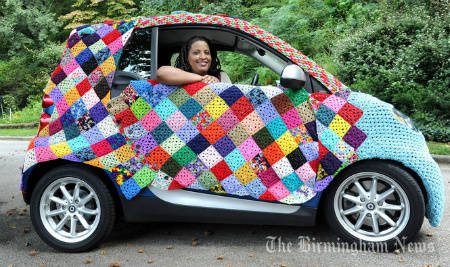Wrap measures 54"/137 cm diameter
GAUGE
In mesh pattern, 10 sts = 4"/10 cm and 5 rows = 3"/7.5 cm.
In cluster pattern, 5 cluster repeats = 4"/10 cm and 6 rows = 3 1/2"/9 cm.
STITCHES USED
Chain (ch), double crochet (dc), half double crochet (hdc), single crochet (sc), slip stitch (slip st), treble crochet (tr)
SPECIAL TERMS
edc: extended double crochet:Yarn over, insert hook in indicated stitch or space, yarn over and draw up a loop, yarn over and draw through one loop on hook, [yarn over and draw through 2 loops on hook] twice.
V-st: 2 edc in space between stitches.
V-st in V-st: 2 edc in space between 2 edc of indicated V-st.
Cl: 3-double crochet cluster: Yarn over, insert hook in indicated space, yarn over and draw up a loop (three loops on hook), yarn over and draw through 2 loops on hook (2 loops on hook), [yarn over, insert hook in same space, yarn over and draw up a loop, yarn over and draw through 2 loops on hook] twice, yarn over and draw through all 4 loops on hook.
beg-Cl:2-double crochet cluster: Yarn over, insert hook in indicated space and draw up a loop, yarn over and draw through 2 loops on hook; yarn over, insert hook in same space, yarn over and draw up a loop, yarn over and draw through 2 loops on hook yarn over and draw through all 3 loops on hook.
shell: (2 dc, ch 2, 2 dc) in indicated space.
fan: tr in indicated stitch or space, (ch 1, tr) in same stitch or space.
picot: Ch 3, slip st from top to bottom through all front strands of last stitch made.
NOTES
1. Draped as a cover over an occasional table or as a throw over the back of a chair or worn as a shawl, this round is a lovely, lacy accent piece. Crocheted in worsted weight NaturallyCaron.com Country, the fabric is soft, resilient and easy-care. The center of the round is made in a quick crochet mesh, ringed with a striped cluster pattern for color and texture, finished with a “strawberry” lace pattern for a slightly ruffled edge. Change the order of the colors for a different look, or swap out one, two or all three colors as you desire.
2. Fabric is stretchy and will grow in length and block to measurements
3. To change color at end of a round. Fasten off old color. Join new color with slip st in same stitch as join.
4. Cover has three sections: 1) solid color mesh section, worked in joined rounds with RS always facing, 2) three-color cluster section, and 3) lace edging.
SHAWL
Mesh Section
Note: This section is worked in a mesh stitch pattern, placing edc in the space between edc, and increasing 9 stitches each round. If you have difficulty seeing where the increase V-sts are, then mark the increase points and move the markers up as work progresses. Do not turn at end of rounds, RS is always facing.
With A, chain 4; join with slip st in first ch to form a ring.
Round 1 (RS): Ch 1, 9 sc in ring; join with slip st in first sc—9 sc.
Round 2: Ch 3 (counts as one leg of last V-st), V-st in next 8 sc, edc in same sc as beginning; slip st in top of beginning ch (to complete last V-st)—9 V-sts (18 sts).
Mark increase points: Place a marker in the space between legs of each V-st. Move markers up as work progresses.
Round 3: Ch 3, edc in space between V-sts, [V-st in next V-st and move marker up, edc in space between V-sts] 8 times, edc in same space as beginning ch; slip st in top of beginning ch (to complete last V-st)—27 sts.
Round 4: Ch 3, edc in each space between sts to first (marked) V-st, [V-st in next V-st and move marker up, edc in each space between sts to next (marked) V-st] 8 times, edc in same space as beginning ch; slip st in top of beginning ch (to complete last V-st)—36 sts.
Rounds 4–24: Repeat Round 4 twenty more times—216 sts.
Fasten off.
Note: For a larger or smaller cloth, add or omit repeats of Round 4 before starting the cluster section. For the best "math" when setting up the next section, end with an even number of rounds and stitches.
Cluster Section
Notes: This section consists of alternating rows of V-sts (wrong side) and clusters (right side), worked in the following color sequence: 1 row of B, 1 row of C, 1 row of A. Fasten off and change color at the end of each round. Continue to increase at each of the 9 increase points around, moving the markers up to the center st or ch-1 space as work progresses.
Turn work so WS is facing you, join B with slip st in space between legs of last V-st made.
Round 1 (WS): With B, ch 3 (counts as hdc, ch 1), hdc in same space, *[skip next 2 edc, (hdc, ch 1, hdc) in next space between edc sts] 11 times, skip next 2 edc, (hdc, ch 1, hdc, ch 1, hdc) in next (marked) V-st and move marker into center hdc of increase; repeat from * 7 more times; [skip next 2 edc, (hdc, ch 1, hdc) in next space between edc sts] 11 times, skip next 2 edc, hdc in same space as beginning ch, ch 1; join with slip st in 2nd ch of beginning ch (to complete beginning increase), turn—117 ch-1 spaces. Fasten off.
Round 2 (RS): Join next color with slip st in last ch-1 space made, ch 2, beg-Cl in same space, *ch 1, Cl in next ch-1 space; repeat from * around moving increase markers into ch-1 space between clusters, end with ch 1, slip st in top of beg-Cl, turn—117 clusters. Fasten off.
Round 3: Join next color with slip st in first ch-1 space of previous round, ch 3 (counts as hdc, ch 1), hdc in same ch-1 space, *(hdc, ch 1, hdc) in each ch-1 space across to next marked ch-1 space, (hdc, ch 1, hdc, ch 1, hdc) in marked ch-1 space and move marker into center hdc of increase; repeat from * 7 more times, (hdc, ch 1, hdc) in each ch-1 space around; hdc in same space as beginning ch, ch 1; join with slip st in 2nd ch of beginning ch (to complete beginning increase), turn—126 ch-1 spaces. Fasten off.
Rounds 4–10: Continuing in color sequence, repeat Rounds 2 and 3 three more times, then work Round 2 once more (worked with B). At end of last round—153 clusters.
Note: To prepare for the Lace section, the next round needs to end with 160 ch-1 spaces (a multiple of 4). Therefore, it is necessary to omit two of the increases, adding only 7 ch-1 spaces instead of 9. Remove 2 of the increase point markers; select markers that are widely spaced around circle.
Round 11: Repeat Round 3 increasing only at remaining 7 marked increase points—160 ch-1 spaces. Fasten off.
Lace Section
Round 1 (RS): Join A with slip st in last ch-1 space made, ch 3 (counts as dc), dc in same space, *ch 2, [sc in next ch-1 space, ch 3] twice, sc in next ch-1 space, ch 2, shell in next ch-1 space; repeat from * 38 more times, ch 2, [sc in next ch-1 space, ch 3] twice, sc in next ch-1 space, ch 2, 2 dc in same space as beginning ch, ch 1, sc in top of beginning ch (to complete last shell), turn—40 pattern repeats.
Round 2 (WS): Ch 3, dc in same space (formed by join), *ch 3, skip next ch-2 space, [sc in next ch-3 space, ch 3] twice, skip next ch-2 space, shell in ch-2 space of next shell; repeat from * 38 times, ch 3, skip next ch-2 space, [sc in next ch-3 space, ch 3] twice, skip next ch-2 space, 2 dc in same space as beginning ch, ch 1, sc in top of beginning ch, turn.
Round 3: Ch 3 (counts as dc), dc in same space (formed by join), *ch 1, skip next ch-3 space, fan in next ch-3 space, ch 1, shell in ch-2 space of next shell; repeat from * 38 times, ch 1, skip next ch-3 space, fan in next ch-3 space, ch 1, 2 dc in same space as beginning ch, ch 1, sc in top of beginning ch, turn.
Round 4: Ch 3, dc in same space (formed by join), *ch 1, skip next ch-1 space, sc in next ch-1 space, [ch 3, sc in next ch-1 space] 3 times, ch 1, skip next ch-1 space, shell in ch-2 space of next shell; repeat from * 38 times, ch 1, skip next ch-1 space, sc in next ch-1 space, [ch 3, sc in next ch-1 space] 3 times, ch 1, skip next ch-1 space, 2 dc in same space as beginning ch, ch 1, sc in top of beginning ch, turn.
Round 5: Ch 3, dc in same space (formed by join), *ch 2, skip next ch-1 space, sc in next ch-3 space, [ch 3, sc in next ch-3 space] twice, ch 2, skip next ch-1 space, shell in ch-2 space of next shell; repeat from * 38 more times, ch 2, skip next ch-1 space, sc in next ch-3 space, [ch 3, sc in next ch-3 space] twice, ch 2, skip next ch-1 space, 2 dc in same space as beginning ch, ch 1, sc in top of beginning ch, turn.
Round 6: Ch 3, dc in same space (formed by join), *ch 3, skip next ch-2 space, [sc in next ch-3 space, ch 3] twice, skip next ch-2 space, shell in ch-2 space of next shell; repeat from * 38 more times, ch 3, skip next ch-2 space, [sc in next ch-3 space, ch 3] twice, skip next ch-2 space, 2 dc in same space as beginning ch, ch 2, slip st in top of beginning ch (to complete last shell), turn. Fasten off A.
Round 7 (RS): Join B with slip st in ch-space of last shell made, ch 1, sc in same space, *ch 3, skip next ch-3 space, (Cl, ch 3, Cl, picot, ch 3, Cl) in next ch-3 space, ch 3, skip next ch-3 space, (sc, ch 3, sc) in next ch-2 space of next shell; repeat from * 38 more times, ch 3, skip next ch-3 space, (Cl, ch 3, Cl, picot, ch 3, Cl) in next ch-3 space, ch 3, skip next ch-3 space, sc in same space as beginning, ch 3, slip st in first sc. Fasten off.
FINISHING
Using yarn needle, weave in all ends. Block cloth.
















































